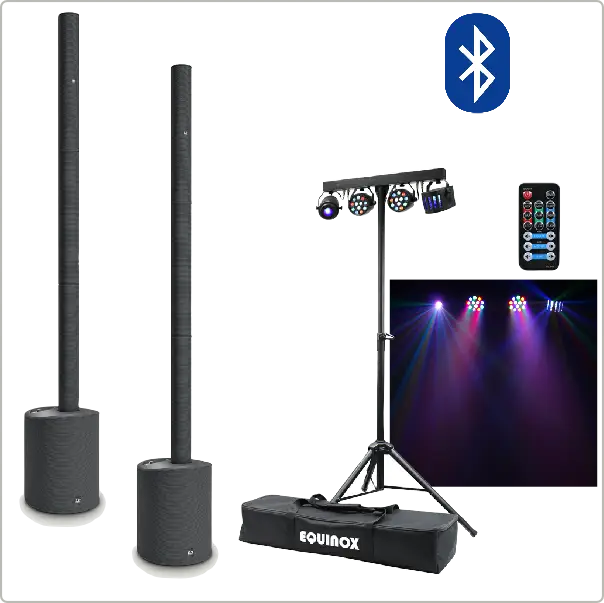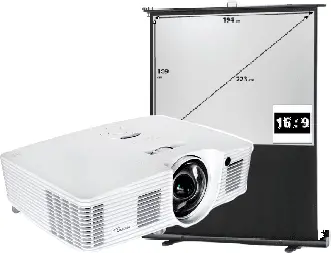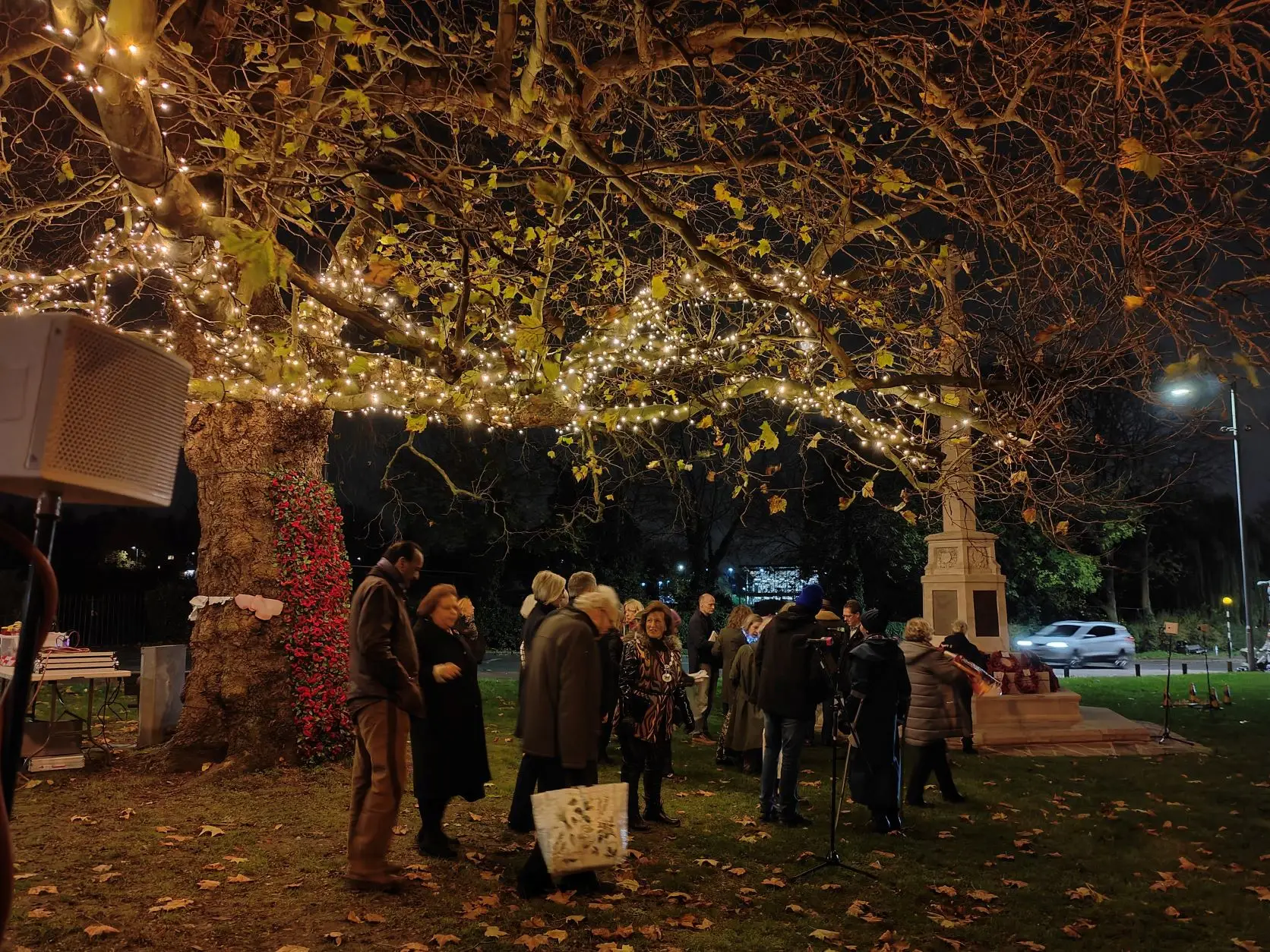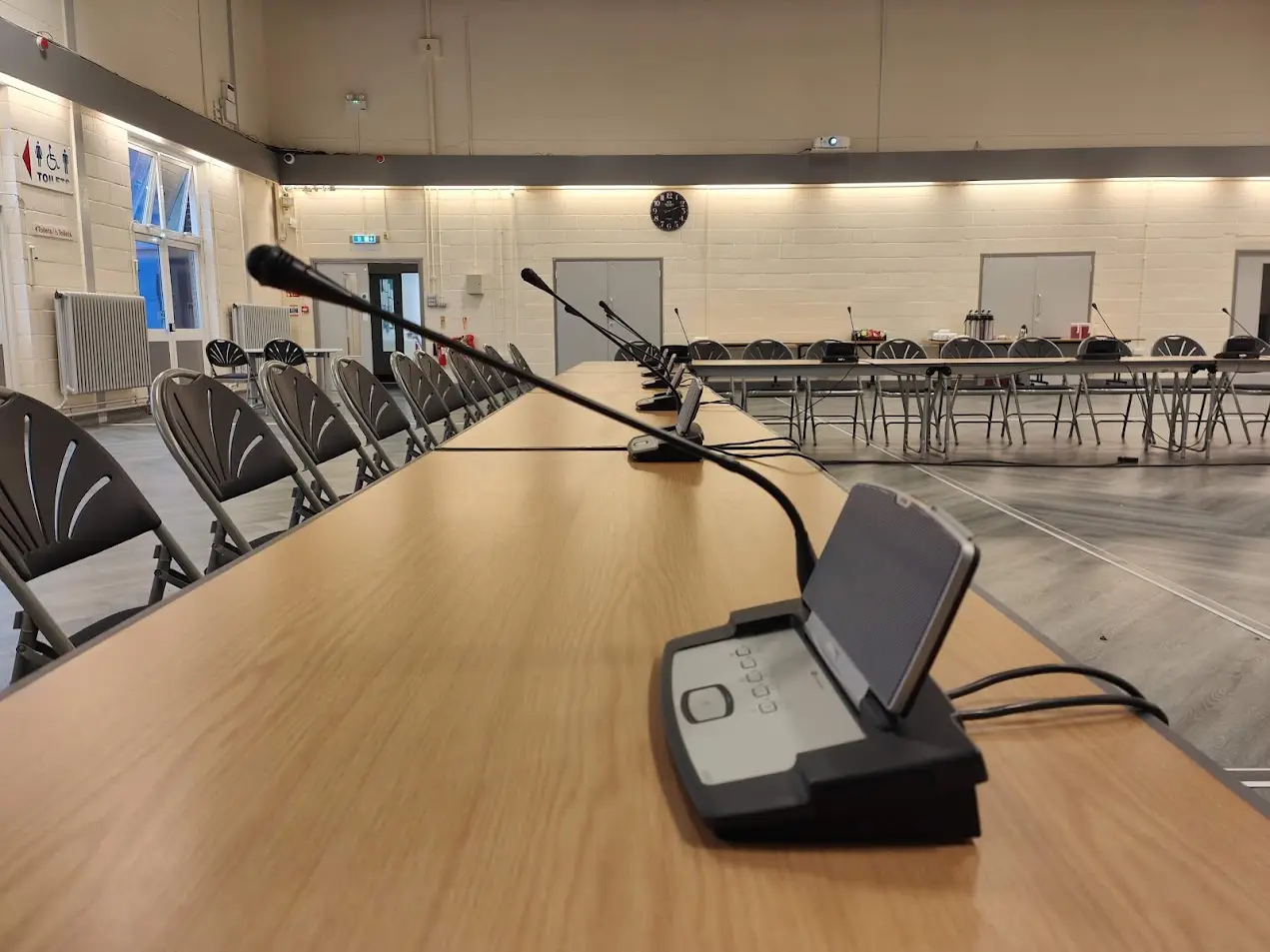- +44 (0)1279 260 160
- Workshop Visits By Appointment
If you are looking for a small hire of a projector, a speaker, or full production and management of an event you’ve come to the right place. Based in Harlow, Essex we provide AV and technical solutions locally to Essex and Hertfordshire being perfectly placed on the border with direct road links to Cambridge, and Greater London. Tell us what you want to achieve and we’ll make it happen.
A small caring team provides a quality personal service. We operate transparently and all of the equipment you see in our hire catalogue is 100% owned by us and held in our Harlow warehouse. We know our kit and what it can do, it’s limitations and happy to discuss all projects and ideas.
Working and hiring to other production companies as well as delivering events for end clients we have experience and the equipment inhouse to deliver. Often working white label ourselves we provide the technical element, planning and deployment, so you don’t have to!
Putting on an event can be a daunting task, making sure you’ve included all the starting and finishing times and making sure people turn up at the right places. Then you’ve got to think about how to make your event seen and heard by the audience, where do you start? What size speaker is best? Do I need a lapel or hand held microphone for the audience and speakers?
Select below for either examples of our work, where you can then contact us and we can talk you through the right equipment to use, or alternatively we’ve created some packages of popular hire items.



